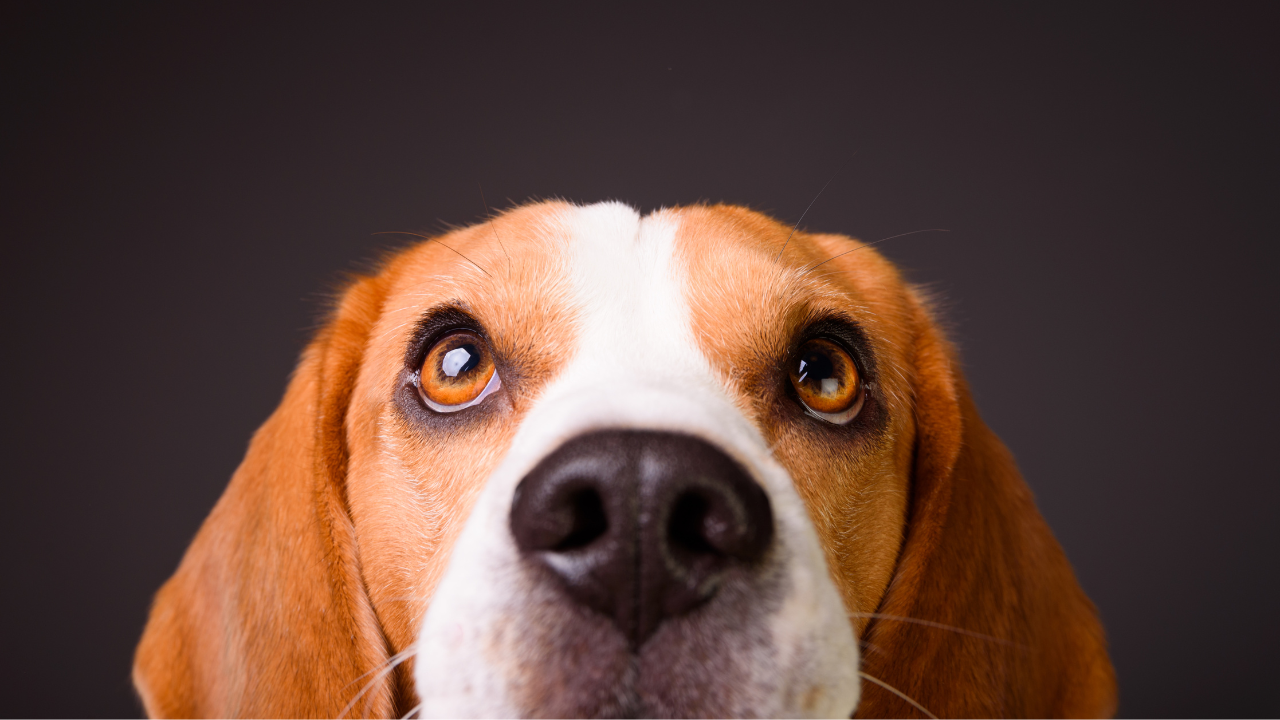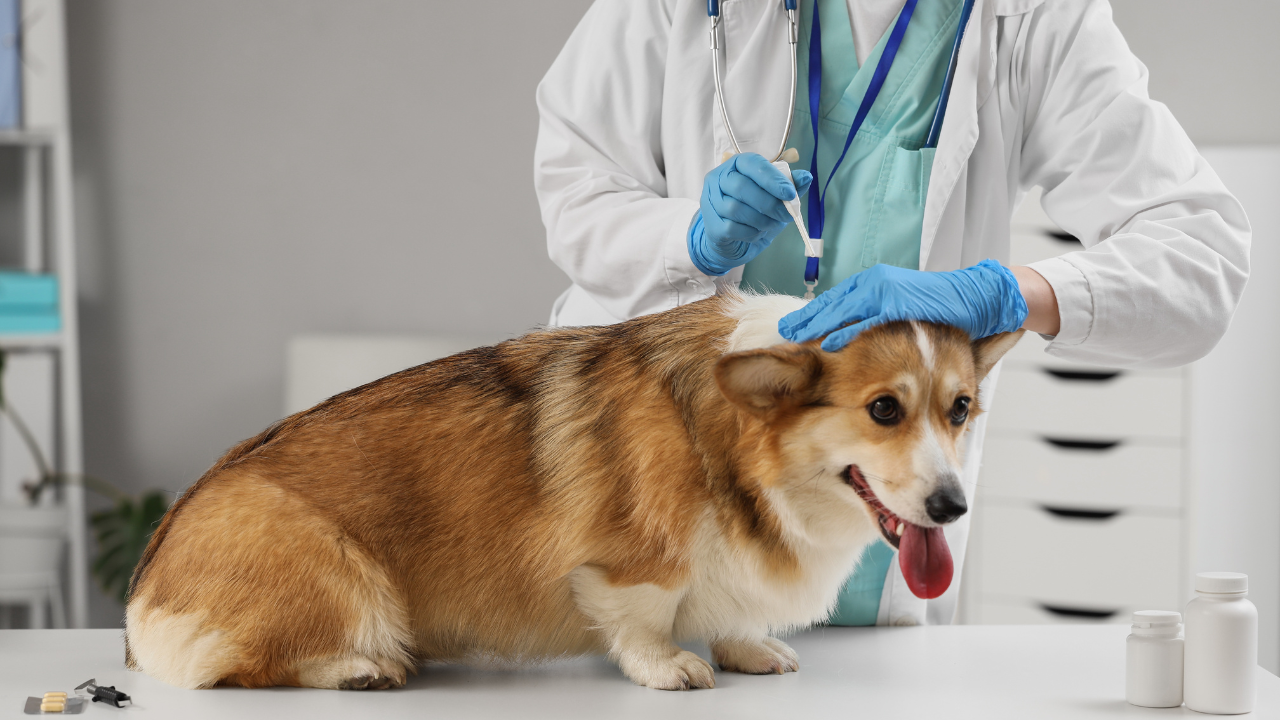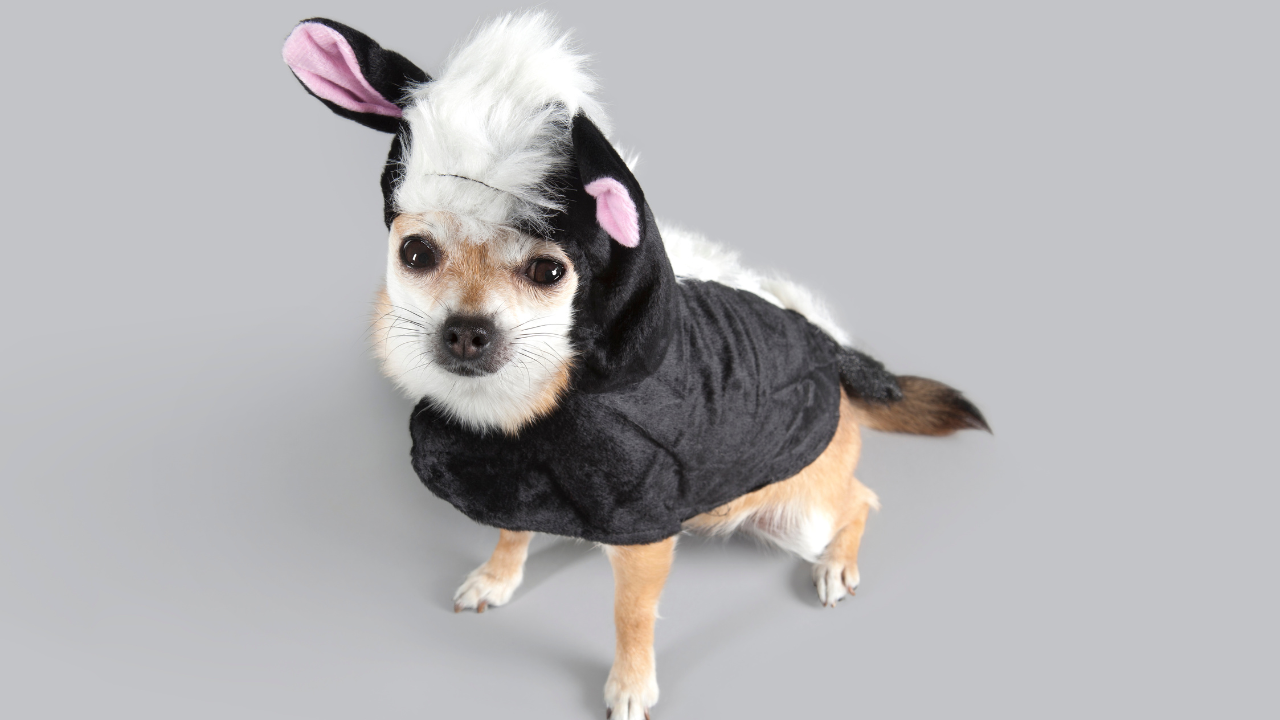How Do You Get Water Out of a Dog's Ear?

Bath time and swimming sessions are often highlights of a dog’s day, especially for breeds that love water. However, these fun activities can sometimes lead to an unwelcome problem: water trapped in your dog’s ears. When water gets into your dog’s ears and stays there, it can cause discomfort and potentially lead to infections. So, how do you get water out of a dog's ear safely and effectively?
In this comprehensive guide, we’ll walk you through everything you need to know to help your dog stay comfortable and healthy after water exposure. From understanding your dog’s unique ear anatomy to learning what signs to watch for and how to remove water quickly, we’ve got you covered.
Understanding Your Dog’s Ear Anatomy
Before jumping into solutions, it helps to understand your dog’s ear structure. A dog’s ear canal is L-shaped. Unlike humans, whose ear canals are straight, this L-shape makes it easier for water to get trapped inside. This design also makes it challenging for the moisture to drain naturally, especially in breeds with floppy ears like Cocker Spaniels or Basset Hounds.
The outer ear (pinna) collects sound and channels it into the vertical and horizontal ear canal. This canal leads to the eardrum, making it a sensitive area that needs proper care. Moisture buildup in this region can create a perfect breeding ground for bacteria and yeast.

(Image Source: IMAIOS Veterinary Anatomy Atlas)
Why Removing Trapped Water Is Important
Water left in a dog’s ear can cause irritation, lead to painful infections, and promote ear mites or fungus growth. Ear infections are not only uncomfortable but can become chronic if untreated. The moist environment becomes a breeding ground for bacteria, yeast, and other pathogens.
If your dog frequently swims or bathes without proper ear care afterwards, they might suffer from repeated infections. This can lead to more serious health issues, including hearing loss. Removing water in dogs ears immediately reduces these risks.
Signs That Your Dog Has Water in Their Ear
Your dog can't tell you their ears feel funny, but their body language speaks volumes. Watch for these signs:
- Head shaking or tilting
- Scratching or pawing at one ear
- Redness or swelling inside the ear
- Unusual odor coming from the ear
- Whimpering or signs of discomfort
- Loss of balance or coordination
Noticing these symptoms early is key to preventing complications. Don’t wait for a possible infection to set in. Take immediate steps to remove water from your dog’s ears.
How to Get Water Out of a Dog's Ears Immediately

There are several safe and effective methods to remove water in a dog’s ear. Here are the most recommended techniques:
Dry Towel or Cotton Ball Method
Use a soft towel or a clean cotton ball to gently blot the outer ear. Do not push it inside the ear canal. Instead, allow it to absorb any visible moisture. This is one of the quick dog grooming tips you can easily follow at home.
Let Gravity Do the Work
Gently hold your dog’s ear flap open and let them shake their head. This natural action can help dislodge and eject trapped water. Make sure to back away to avoid the splash!
Use a Dog Ear Drying Solution
A high-quality dog ear drying solution can help evaporate moisture from deep inside the ear canal. Consult your veterinarian first and get their approval before proceeding with this step. These products often contain alcohol or drying agents that are safe for pets. Follow the instructions on the label:
- Lift the ear flap
- Apply a few drops
- Spend 20-30 seconds massaging the base of the ear
- Let your dog shake out the excess
Use a Dog Ear Moisturizer With Drying Agent
Special ear moisturizers with drying agents help prevent dryness while removing water. They offer comfort and protection simultaneously, especially after swimming or baths. These also help soothe mild dog itching caused by moisture buildup. Always check with your veterinarian and obtain their approval.
Ear Flap Massage
Lightly massage the base of the ear in a circular motion. This can encourage natural drainage of trapped water.
Avoid using ear drops meant for humans or home remedies like hydrogen peroxide. Stay calm and gentle throughout the process. If your dog resists or shows signs of pain, stop immediately and consult your veterinarian.
What Not to Do When Removing Water From Your Dog’s Ear
Not all methods are safe. Avoid these common mistakes:
- Never insert cotton swabs into the ear canal. You could push water deeper or damage the eardrum.
- Don’t use blow dryers. The noises that dogs hate or may scare them, and the heat can harm their sensitive ears.
- Avoid home-made concoctions unless prescribed. Vinegar or alcohol-based solutions may irritate an already sensitive ear.
- Don’t ignore symptoms like redness, bad odor, or discharge. They may indicate an infection already present.
Knowing what not to do can prevent serious complications.
When to Call the Vet
If you’ve tried standard remedies and your dog still seems uncomfortable, it’s time to visit the vet. Seek veterinary help if:
- Your dog keeps scratching or shaking their head for more than 24 hours
- There’s a foul smell or discharge
- You see swelling or redness
- Your dog shows signs of hearing loss
Remember, veterinary care is necessary when symptoms persist. A vet can examine the ear thoroughly and determine whether medication is needed. Sometimes, professional ear flushing or prescription ear drops are the best solution.
Preventive Tips for Future Swim or Bathe Sessions

Prevention is always better than cure. Here are some smart ways to protect your dog:
Use Dog Ear Plugs
Waterproof earplugs designed for dogs can prevent water from entering the ear canal. They’re especially useful during swimming sessions. Even your basic cotton wool balls can do the trick.
Apply a Dog Ear Drying Solution After Baths
This simple habit can make a big difference. It keeps ethe ars dry and discourages bacterial growth. Remember to consult with your veterinarian before using any solution.
Trim Hair Around the Ear Canal
Ask your groomer or vet to trim the hair near your dog’s ears. Less hair means better ventilation and faster drying.
Towel-Dry Immediately
Use a towel to gently dry around and inside the outer ear flap after every swim or bath.
Schedule Regular Ear Checks
Check your dog’s ears weekly for moisture, dirt, or signs of irritation. Early detection can prevent infections.
Avoid Submerging Your Dog’s Head
While bathing your pup, keep their head elevated and avoid pouring water over their ears.
Want to Learn How to Clean a Dog’s Ears the Right Way?

Ear cleaning is a delicate but essential part of dog grooming, and doing it wrong can lead to pain, infection, or long-term damage. If you want to get it right, the Professional Dog Grooming Academy (PDGA) is here to help you master every step with confidence.
Our dog groomer training courses cover everything from choosing the safest products to handling sensitive dogs during cleaning. You’ll learn how to prevent common ear problems, recognize early warning signs, and clean ears gently but effectively.
Whether you’re a devoted pet parent looking to care for your dog like a pro or you’re training for a future in pet grooming, PDGA gives you real skills, hands-on practice, and expert support.
Don’t leave your dog’s health to chance. Join PDGA and start learning how to keep those ears clean, healthy, and happy for life.
Conclusion
Water in a dog’s ear might seem like a minor inconvenience, but it can turn into a major health issue if not addressed. By understanding your dog’s ear anatomy and recognizing the signs of water retention, you can act fast. Using safe removal methods, avoiding risky behaviors, and knowing when to consult your vet all contribute to keeping your furry friend happy and infection-free.
Don’t wait for symptoms to worsen. Incorporate preventive care into your regular grooming routine. And remember, using a quality dog ear drying solution or dog ear moisturizer can go a long way in protecting your pet’s ears after every splash session.
With the right approach, you can ensure your dog stays safe, healthy, and ready for their next bath or swim with ears that are dry and comfortable.



